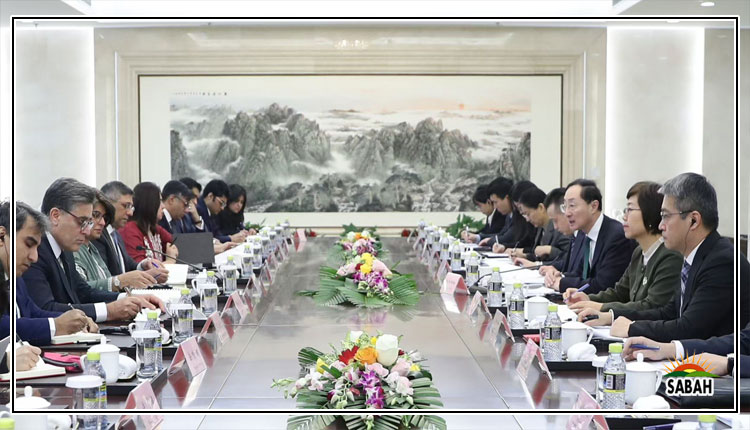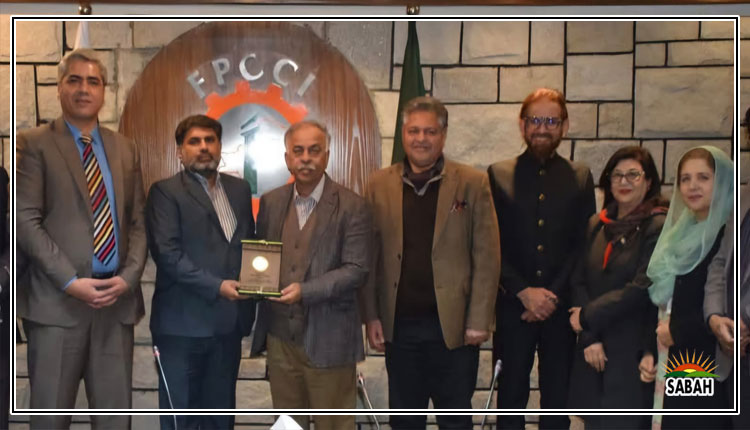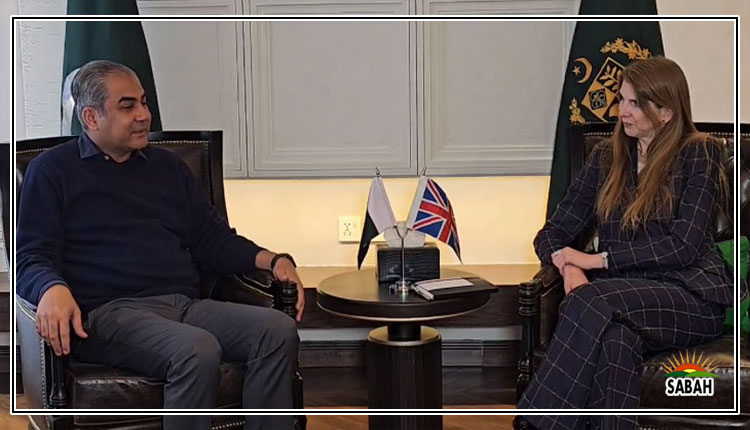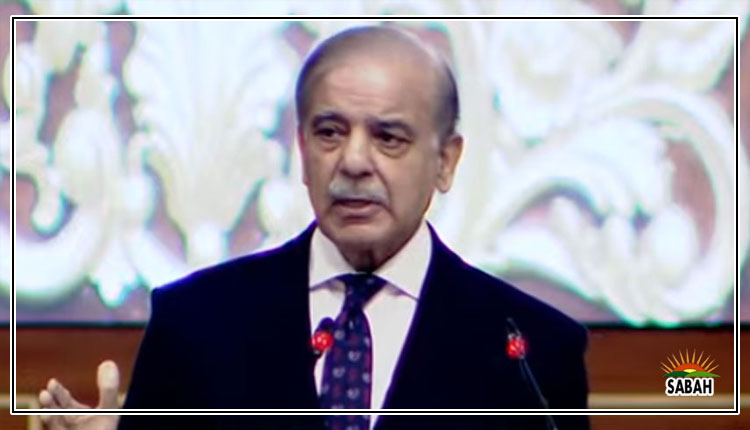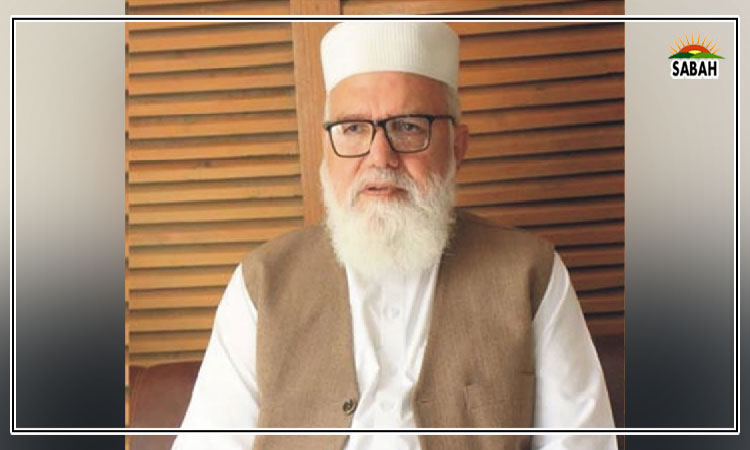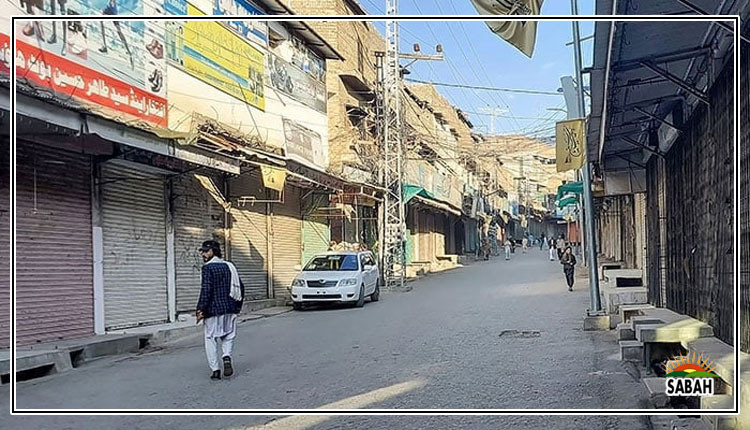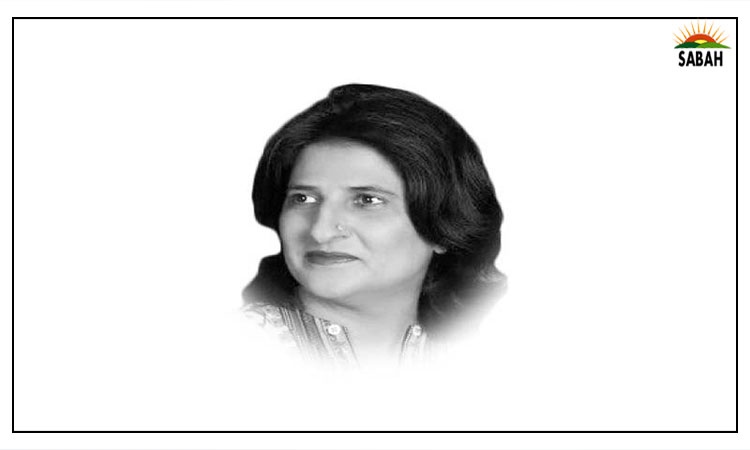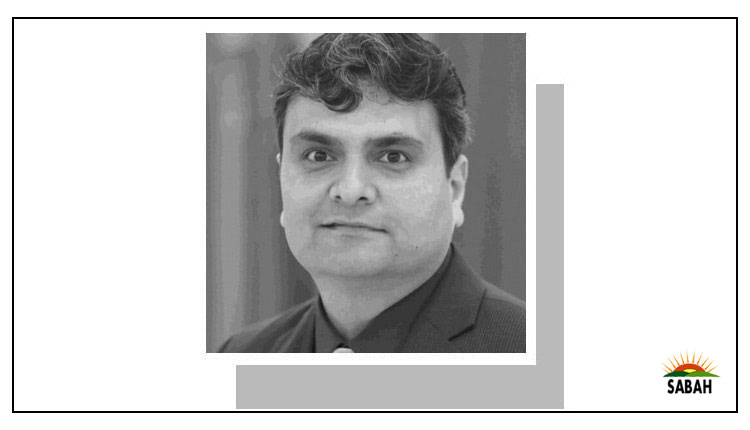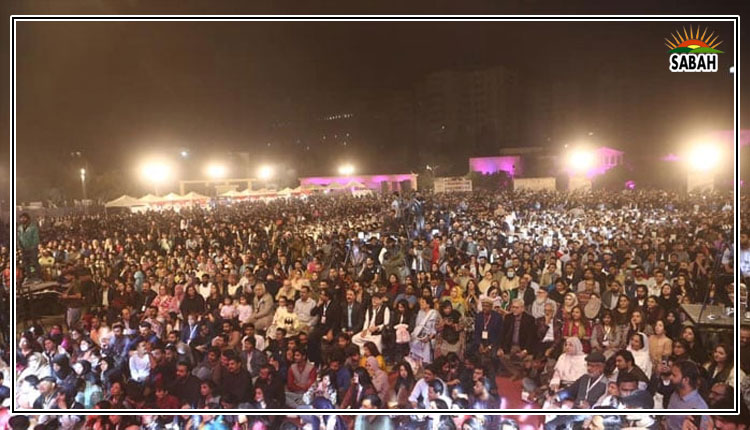Energising the young …. Ghazi Salahuddin
Because I was a panelist in a few sessions and also because I have been a member of the outgoing governing body of the Pakistan Arts Council, Karachi, I would hesitate to write in detail about the seventeenth Alami Urdu Conference that concluded last Sunday. Its specific theme this year was Karachi across the entire range of its life and legacy.
But I would like to zoom in on an aspect of the conference that I consider quite significant. This, in my view, was the dominant presence of young people in a number of programmes. This was the reason that some sessions were held in the nearby YMCA grounds. And the response by the young was very enthusiastic.
Typically, young people are conspicuous by their absence in serious literary and cultural deliberations. Civil society campaigns are generally deprived of any spirited participation of the young. Yes, there are some particular occasions that attract them in droves, such as popular music and sports events.
A literary conference is certainly not their cup of tea. And, for that matter, the young did not actually throng presentations that were more academic. What brought them out mostly, to be honest, was the presence of celebrities that have a large following.
Now, it may be argued that these celebrities did not entirely belong to a literary conference – though it is very possible to engage them in a serious discourse. But it was by design that the attendance of the young was ensured and they, in the process, were also exposed to art and culture and intellectually stimulating content.
In fact, to bring the young together in large numbers within the precincts of culture and creative pursuits was the plan that Ahmed Shah, the dynamic president of the Arts Council, had carefully conceived. Finally, it was meticulously executed. The young who came for their idols, so to say, in the inaugural and concluding sessions stayed to attend the entire proceedings that included keynote addresses and speeches made by chief guests. Generally, all the sessions had a visible presence of the young.
Is this something that is socially and sociologically meaningful? I am not sure. But one notices a larger participation of the young as the tempo of cultural and literary activities picks up and there is usually a sense of festivity around them. The Arts Council in Karachi has spearheaded this campaign in a big way. The young are apparently becoming more interested in these affairs.
On Thursday, the nineteenth International Book Fair began at the expansive Expo Centre in Karachi. This is another regular feature that is becoming brighter on Karachi’s cultural horizon. It is an inspiring sight to see such large crowds of young boys and girls browsing and buying books.
I have always been complaining about our abysmal reading habits, citing facts that I have compiled about the publication of books and existence of libraries. We know where we belong in global surveys in the social sector. Do events like the International Book Fair constitute a silver lining?
There is always a lot of talk about what the nation expects of its youth. Pakistan is one of the youngest nations of the world. But instead of being an asset, this bulge appears to have become a liability. With all the lessons that are there to be learnt from countries that have made progress in recent decades, our rulers are unable to improve the state of education in the country.
With reference to what I have at the outset, promoting arts and culture is necessary to exploit the creative potential of the young and the benefits of this awakening would be immense for a society that is nurtured by extremism and intolerance.
Everywhere, a substantial number of educated young people have political affiliations. In Pakistan, only the PTI seems to have mobilised the young, most of them being the ‘keyboard warriors’ of the party. But their lack of civility is remarkable. Overall, our political parties have little respect for the young and one does not know about any study groups or training sessions to build the capacity of their young activists.
We have examples of countries that are highly cultured and intellectually advanced, but their governments still take steps to inspire their young in the context of improving their appreciation of art and literature. I find the story of Italy’s ‘culture bonus’ very interesting. What it means is that every Italian teenager who turns eighteen is given a birthday present of 500 euros. It is called a ‘culture bonus’.
But this ‘culture bonus’ comes with conditions. This amount is to be spent on books, museum tickets, theatre, music courses and the like. There is a technical method of recording this expenditure. Since every person in the country who attains this age is eligible for the ‘culture bonus’, the cost of it is bound to be substantial. But even in times of difficulties, this allocation was not suspended.
This scheme is so enlightening that other European countries have sought to adopt it in different ways. In that sense, coming of age for a growing number of European citizens has the added perks of a few hundred euros to spend on culture. A young person has the choice to go for such highbrow indulgence as opera or buy comic books.
In March 2022, Spain announced its own 400 euros ‘youth cultural bonus’. In late 2022, Germany became the latest country to announce a ‘culture pass’ of 200 euros for the youth to be spent on books, theatre, music and museums. In June 2020, to offset the loss suffered by the culture industry during the pandemic, the German government allocated one billion euros in emergency aid.
At a time when social media has isolated individuals and created a mental health problem, the young should welcome any opportunity to go out and become part of a gathering in a cultural setting. Obviously, they should have more and more of such opportunities.


